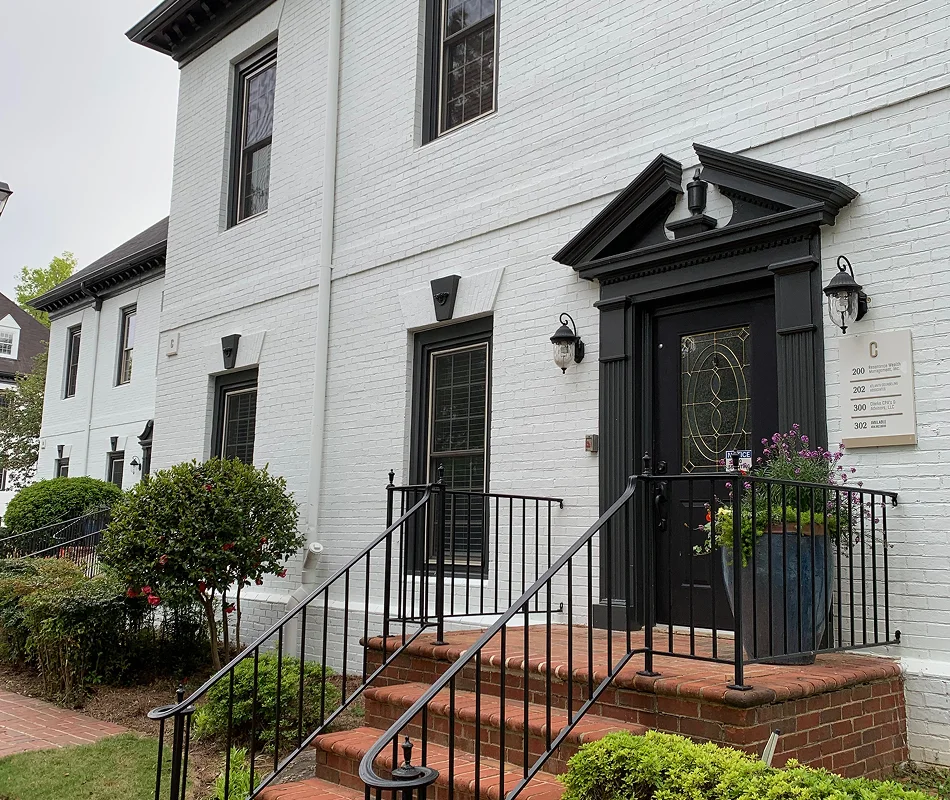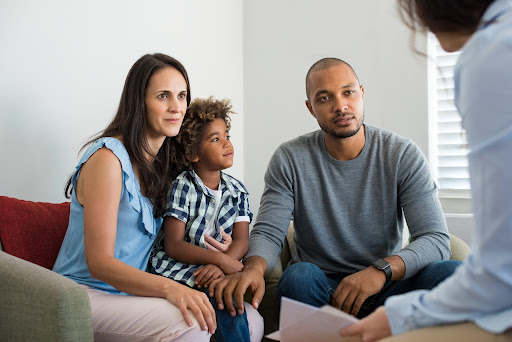Imagine an Asian woman and her American partner in the middle of a tense moment. She feels distant from him and, longing for reassurance, repeatedly calls his name. In her culture, this is a way of seeking connection—an unspoken way of asking, “Do you still love me?” However, her American partner interprets it differently. Used to more direct communication, he assumes something is wrong and immediately asks, “What did I do?” His reaction frustrates her, making her feel unheard, while he feels confused, as if he’s being confronted over an issue he doesn’t understand.
This small but significant difference highlights how cultural communication styles shape interactions in relationships. While one partner seeks closeness in an indirect way, the other looks for clear reasons behind the conflict. Understanding these differences can help couples navigate challenges with empathy, strengthening their connection instead of letting miscommunication drive them apart.
In addition, intercultural relationships are becoming increasingly common in today’s globalized world. While these relationships are rich in diversity, they can also present unique challenges that stem from cultural differences, language barriers, and immigration experiences.
As a therapist working with intercultural couples, I’ve seen firsthand how these factors can impact communication, expectations, and even love itself. Language, for example, isn’t just a means of communication—it can be a source of connection or frustration. Misunderstandings may arise when one partner’s proficiency or comfort with the language shifts the balance of power in the relationship. Similarly, immigration experiences – such as adapting to a new country or dealing with acculturation – can create additional stressors that shape how partners navigate their roles and identities within the relationship.
In this article, I will walk you through some of the key strategies I use for working with intercultural couples in therapy, helping you navigate differences and build stronger, more resilient connections.
Unique Challenges of Intercultural Couples
Immigration Status:
Immigration status is one circumstance that can be a powerful factor in shaping the power dynamics in an intercultural relationship.
The power imbalance caused by one partner’s legal or immigration status can influence various aspects of the relationship, from decision-making to emotional support.
Tip: I help intercultural couples create a “cultural exchange” practice where you and your partner take turns sharing something meaningful from your culture of origin. This lets you both explore a new perspective and even challenge your own.

Communication Styles:
Intercultural couples may experience cultural differences in directness, non-verbal cues, and conflict resolution.
Communication is the cornerstone of any relationship, but intercultural couples often face unique challenges because of cultural differences in how communication is expressed and understood. These differences can create tension if not addressed properly.
Tip: Let’s practice active listening. I use enactment to guide each partner to share their own thoughts or feelings, and repeat back what you heard to ensure you understand correctly. “I” statements allow couples to build awareness to understand their partner better.


Cultural Identity
Tip: Let’s celebrate your own unique blend of cultures in the relationship. We can do this by incorporating elements from both of your cultures. Instead of feeling like you have to choose one culture over the other, we can find ways to honor both holidays or traditions in your life.
Family Dynamics
These dynamics often look like pressure from family expectations, cultural traditions, or extended families.
Family plays an important role in many intercultural relationships, especially when cultural traditions and familial expectations come into play. These pressures can have a significant impact on the couple’s dynamic.
Tip: Using Bowen’s concept of togetherness vs. individuality, I help couples navigate their differences in expectations and needs. Working on differentiation, where each partner can remain true to themselves while staying emotionally connected, helps to build healthy boundaries. This process not only strengthens the relationship but also shapes a positive outlook on family life and couple relationship.

Feeling ready to start your couples counseling journey? Click here to get in touch with our Sandy Springs couples counselors today!
Language Barriers
Tip: This is very common, especially in intercultural couples. How do we recognize these cultural differences in expression? Not only by encouraging active listening, but also by forming a cultural communication style can we express our feelings with more directness and clarity. By doing so, we can foster a safe environment where both partners feel heard and supported.

